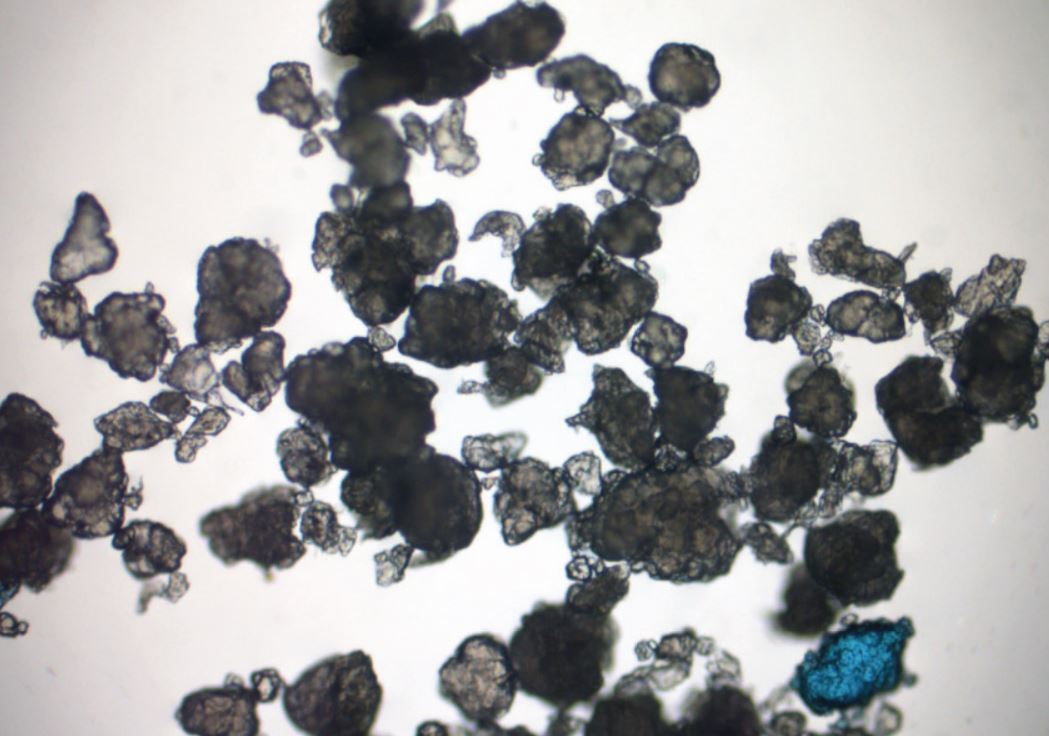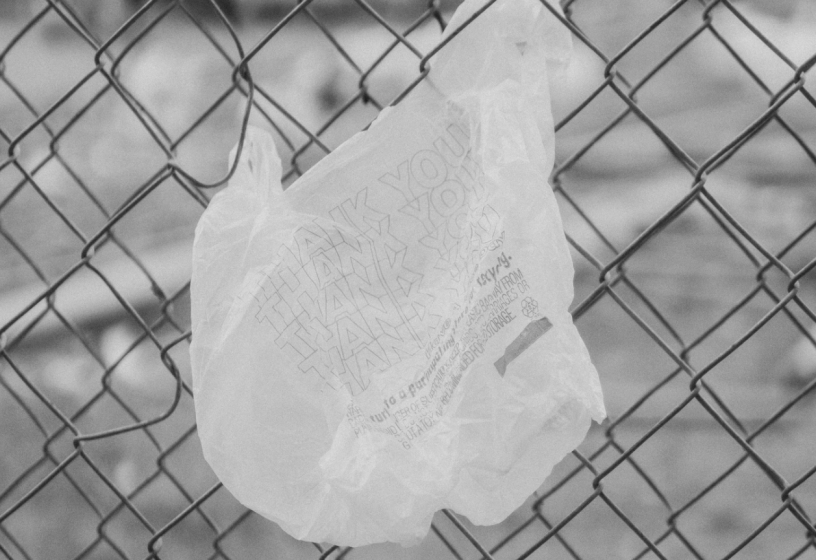Under the Eye of Microscopes
Science Scrutinizes the Invisible

Micro- and nanoparticles reveal the hidden, but also the most threatening side of plastic pollution. Recently, a study focusing on microplastics, pieces and particles smaller than 5mm, stood out from all the others and drew significant attention. It affirmed that these minuscules fragments of plastic can be found across the food chain all the way to human stools. Indeed, the study, led by the University of Vienna and the Austrian environmental agency, gathered participants from Finland, Italy, Japan, the Netherlands, the United Kingdom, Austria, Russia and even Poland. We are reminded daily that these substances have invaded our oceans, sometimes relegating the problem to faraway places, but we seem to underestimate the plastic pollution we are directly exposed to, mostly because it is almost invisible.

To this day, it is estimated that there are 500 times more microplastic particles in the ocean than there are stars in the galaxy. It could also well be that the sky is slowly being contaminated, as scientists have recently discovered that mosquitoes can also ingest these particles, before being themselves eaten by birds. There is no longer a single place on Earth that is not affected by this blight. The air we breathe is charged with particles, and studies increasingly show that indoor air contains up to 10 times more microplastic as outdoor air. And we are all inhaling these microparticles.
How is this possible? The greatest sources of these particles turn out to be car tires, but also laundry processes and the degradation of plastic waste in our oceans. Another unsuspected source of microplastic: the large share of products lining our bathroom shelves as well as in our showers. Our shower gels, shampoos, deodorants, and even more so our cosmetic products contain them. We are confronted with them daily, and this poses a major public health issue.
These particles are inhaled or ingested, as can be seen in the concentration levels found in fish, and water, which is largely contaminated. The UN warns about possible effects on the nervous, reproductive and respiratory systems. Moreover, it has been proven that the styrene and benzene found in our food contains are cancerous.
These microplastic residues are however impossible to collect. Recycling alone cannot address the issue, it is crucial to question our consumption habits and to eliminate those disposable plastic items whose environmental impact to utility ration is abysmal. As a reminder, disposable plastic waste currently represents over 70% of all ocean pollution.
Also to be read in the dossier "Plastic Age":





